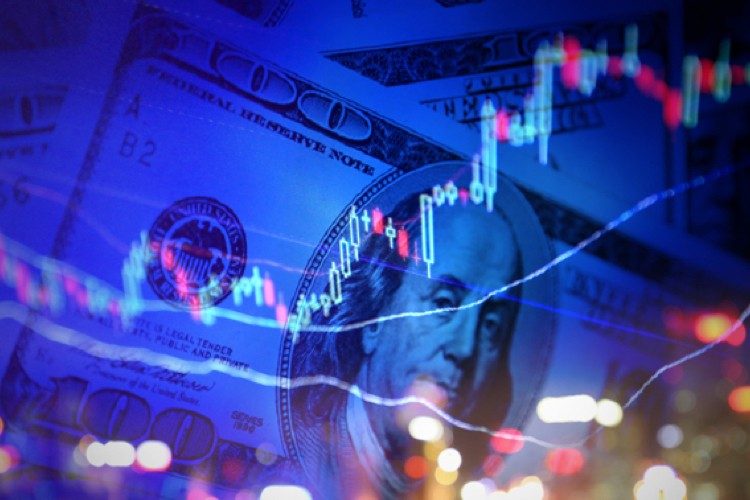
In normal times, Wall Street would greet a jobs report such as that just issued Friday morning by the Labor Department with a sharp decline in stock prices.
But these are hardly normal times. With massive government subsidies, spending, and the extension of unemployment benefits, what’s left of the free market in labor can hardly be seen. Instead of declining, stocks rose.
The Labor Department reported that the U.S. economy added less than one-quarter of the new jobs forecasters were hoping for: 266,000 new jobs versus estimates of a million or more in April. Those forecasters were also flummoxed over the unemployment rate. Those worthies predicted a drop to 5.8 percent, much better than last fall but still twice the unemployment rate before the government’s response to COVID shut down the economy. Instead, the official unemployment rate rose to 6.1 percent.
The gain of 331,000 in the “services” sector — restaurants, bars, amusement parks — was offset by losses elsewhere — manufacturing, retail trade, professional and business services, and transportation. Further, March’s jobs number — 916,000 — was revised downward by nearly 150,000 jobs.
And let’s be clear about that “unemployment rate” of 6.1 percent. That greatly understates the true level of unemployment because the Labor Department doesn’t count the number of laid-off workers who have given up looking for a new job, estimated to be in the hundreds of thousands.
The jobs report is also distorted through government intervention: Small-business owners are hungry for workers (some are even paying prospective workers $50 in cash just to show up for an interview!) but the dearth of prospects is limiting the growth of the overall economy. Why? Since unemployment benefits have been extended to September, according to Bank of America, anyone earning $32,000 a year or less is better off staying home and collecting a check instead of working.
The cultural damage being done by these free government checks is beyond the scope of this article, but that damage is real and perhaps even more long-lasting than the economic damage done by the shutdowns.
The reason stocks bounded higher on the awful jobs report is simple: Investors are now persuaded that that flow of government “stimulus” money will continue. And a lot of it is likely to end up in stocks.
Adam Sarhan, writing for Forbes, put the matter well:
[Stocks] rallied on the [awful jobs report] because that means the Federal Reserve can keep injecting the system with “liquidity” (a.k.a., easy money policies) to stimulate “asset” prices.
But, wrote Sarhan, there will be a day of reckoning:
Eventually the stock market (and other assets) will not react well to all the “easy money” that is being injected into the system.
But until then, or until we see consistent selling pressure on Wall Street, the bulls remain in clear control.




